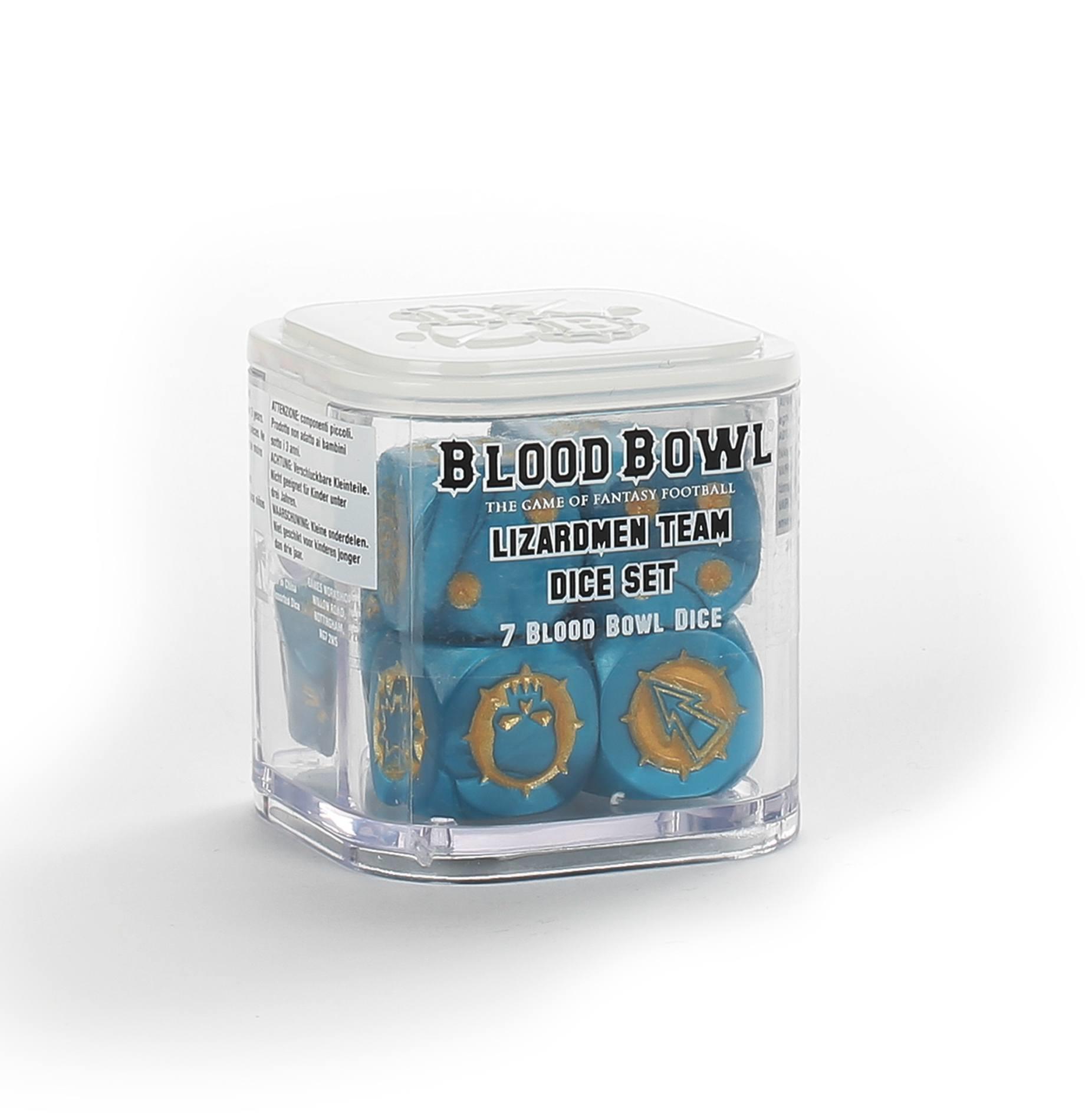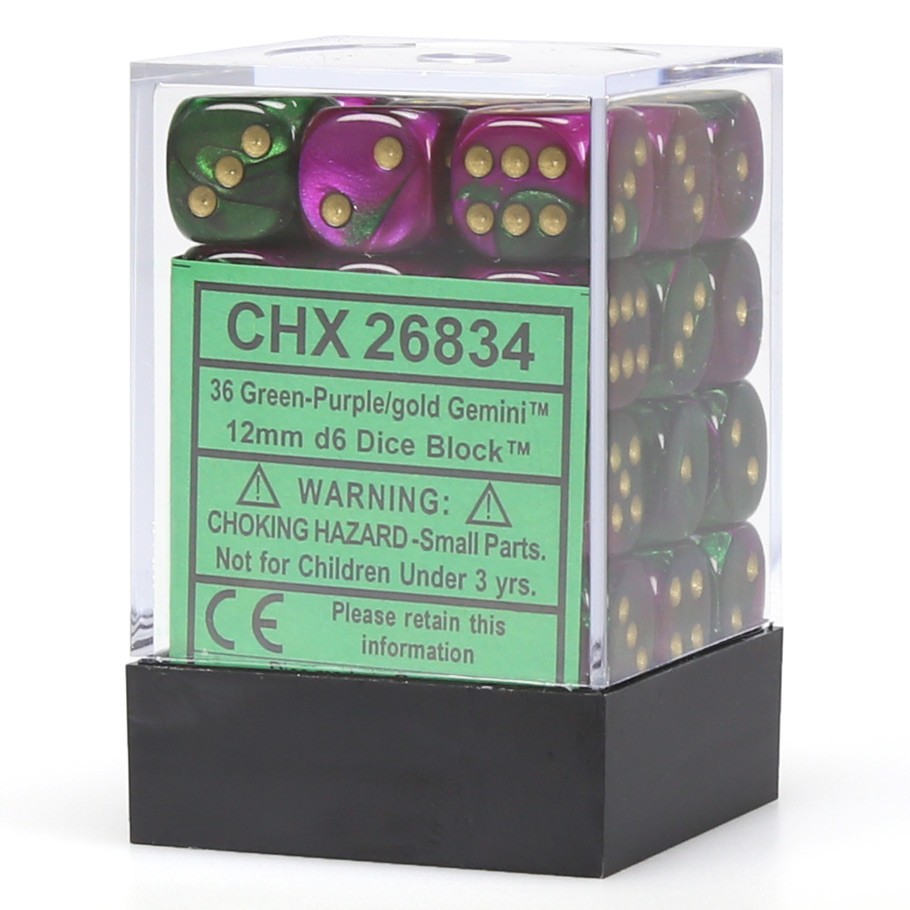

the opposing player's ST +1 for each of their valid supporters. Whether or not a block is in your favor is determined by your player's ST +1 for each valid supporter vs. Which means you'll want to avoid throwing that block unless it's your only option in a last-ditch attempt to score or prevent a touchdown.

Two or three red dice means it's in your opponent's favor - two or three block dice will be rolled, but THEY get to choose the result. Two or three white dice means the block is in your favor - two or three block dice will be rolled and you get to choose the result you want. When you have a player selected and hover your mouse over an enemy that the player is eligible to block, the cursor will show how risky that block is - one white die shown means one block die will be rolled, meaning a moderate risk.The exception to the above is if you need to do something to create an opportunity, like if you need to hit a defender to open up a path for your receiver to run through.From there, do actions in order of risk and importance - low risk and high importance first and so on. That way, even if you screw up the first thing that requires a roll, you haven't completely wasted the turn. So have a general idea of what you want to accomplish each turn and do actions that involve no risk first (like safe moves and standing up players that have been knocked down). The first action you perform that fails (if you fail an attempt to pick up the ball, botch a pass or handoff, have a player fall over, or get called on a foul) causes you to lose the rest of your turn.Also, as long as you've got movement to spare, the Blitzing player can still move after throwing a block. A Blitz must be declared before the player you want to use to Blitz does anything else, so be careful not to move or stand a fallen player up until you're sure you won't be using them to Blitz. You get one Blitz per turn to use on the player of your choosing. Each of your players can either move or throw a block each turn, not both - to do both is called a Blitz.This is especially important for new players. Hit 'g' to turn on the grid and show enemy tackle zones.There are a lot of “advanced rules” in the book that I do skip over but I’m pretty sure you vets will be happy with the majority of those changes.įor anyone that’s new let me break down the rules a bit more. So Vets, you really don’t have too much to worry about. The Dice Rolls for the Block Dice are pretty much the exact same:

Tackle Zones are still the 8 Squares adjacent to a player and they only “threaten” those zones if they are standing – prone players (or stunned) don’t count. Picking-up the football off the ground still requires a check but you just have to move onto the square. Players still have the same basic actions of Move, Block, Blitz and Pass. Not too much has changed! It’s still 11 players vs 11 players (at least on the field at once) and the core mechanics are pretty much the exact same. The good news is if you’re a vet of the game you’re in pretty good shape. I know lots of folks are curious about the rules for the latest edition of Blood Bowl. Want to learn the basics of Blood Bowl? Join us as we run down the rules!


 0 kommentar(er)
0 kommentar(er)
